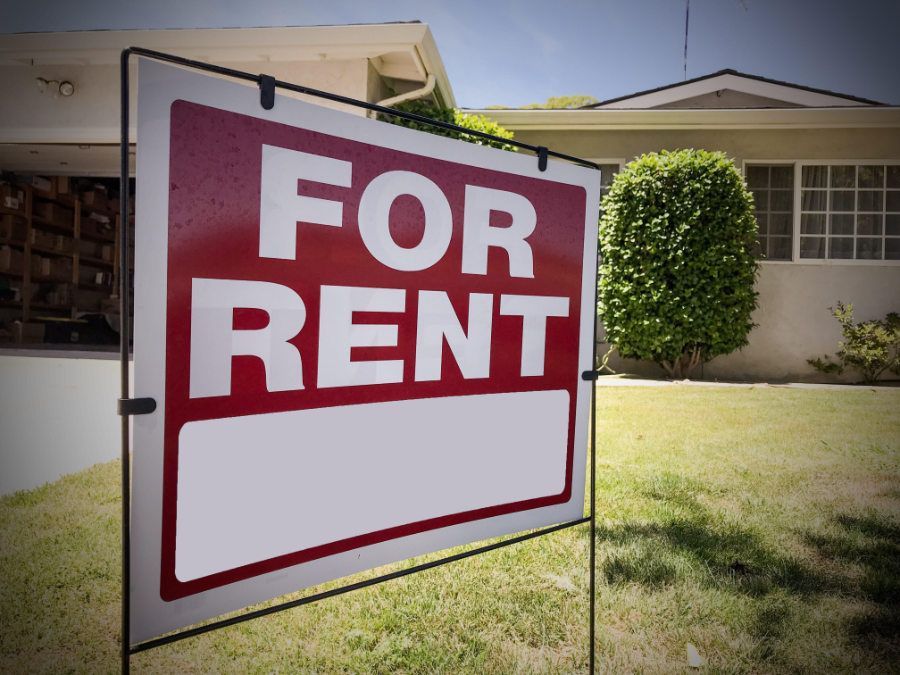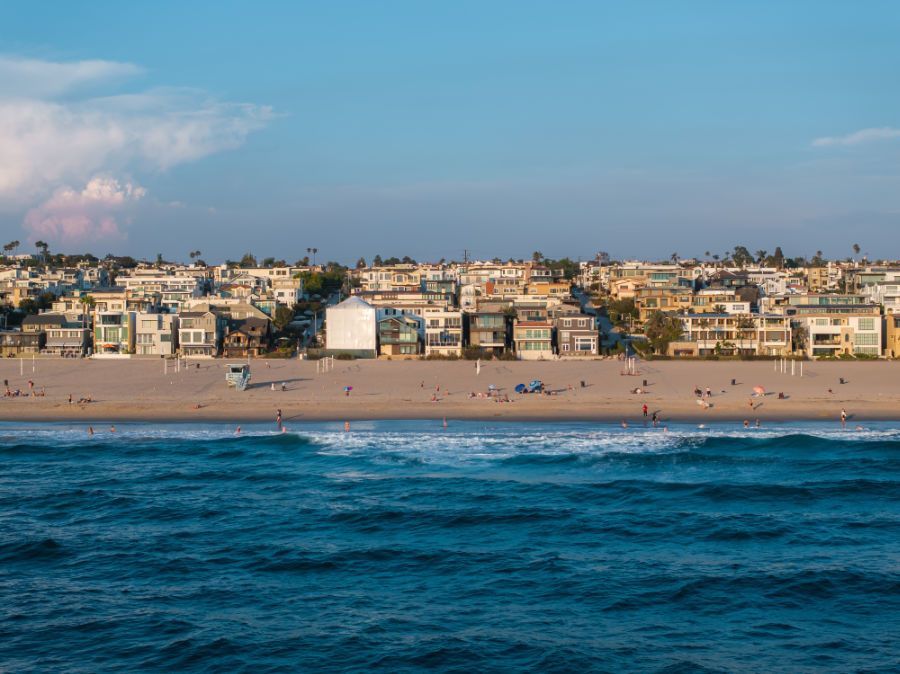5 Rental Property Upgrades that Can Help Your Tenant Save Money and Help You Attract the Best Long Term Tenants
Dustin Edwards • April 17, 2020
Help Your Tenant Save Monthly

When many property owners think of upgrades they often think of the visually appealing items such as a kitchen or an essential replacement such as a roof or air-conditioning unit, but there are many other upgrades that can be done to a property that are far less expensive and have a benefit. With the rental market always being competitive for the best tenants we challenge our property owners to consider property upgrades that can help the tenant save and attract long term tenants.
Property Upgrade #1: Smart Thermostat
The variety of smart thermostats on the market today is incredible. Smart thermostats can operate from your phone and provide a level of control for your energy consumption that has not previously been available. These thermostats can truly optimize energy based on when people are home (or not home) to optimize heating and cooling needs. This all sounds great but how does this help you with your monthly rental income?
Today’s renter often looks for differentiators in properties beyond the location. With rents constantly increasing they look for ways to save and a smart thermostat gives your tenant the ability to save ~$180 annually. While saving $15/month might not sound like much it does add up over time and with many properties appearing “equal” saving that little bit extra can mean a tenant stays longer helping to increase your yield over time.
Property Upgrade #2: Tankless Water Heater
When you are managing 100’s of properties for clients you truly get an understanding of how often a water heater fails. Yes a traditional water heater should last 10 years but that is not always the case. For new construction you will see the standard has become tankless water heaters, but when it is time to replace your unit water heater at your property you still have a choice. A tankless water is more expensive to install initially; however, it offers the opportunity for an individual to save ~$100+ annually. This is another one of those ~$10+ a month savings that a tenant can see as an added benefit.
Property Upgrade #3: Including a Washer/Dryer
When you own a residential multi-family building (i.e. 2-4 units) there are ways to show value to tenants where you can make an incremental amount of revenue. For a 2-4 unit property you could have a coin (or credit card operated) washer and dryer unit. Many professionals recommend leasing the machines as it allows you the opportunity to keep newer units in your building that have less downtime and hassle. The incremental revenue will likely be small, $15-$50/month on a residential multi-family, but it is a value add to tenants that can keep them in your building longer as it saves them time from going to the local laundromat and you might be able to charge a bit less than commercial rates to help them save.
Property Upgrade #4: 240 Volt Charging for Electric Car
There is no doubt that electric cars will continue to become more and more prevalent. While the automakers have made it easy to use a traditional 120volt connection the downside is that charging times can be quite a bit slower. An upgrade to your home that can help attract top tenants is to install an EV Charger at your property that provides for 240 volt charging. There are indoor/outdoor models which would give you the flexibility for a variety of installation options. When tenants realize that your property allows them to charge quickly and to avoid finding a charging station they will be happy to keep renting your property.
Property Upgrade #5: Drought Tolerant Landscaping
In Southern California we traditionally are in near drought conditions and in different years have experienced drought guidelines where we have all been asked to cut back on our water usage. Optimizing water usage by installing drought tolerant landscaping is a great way to support the environment and it can even help your tenant save on their monthly water bill.
Consider that in Long Beach the average household using 10 units of water each month
would be billed $51.09. With each unit of water being 748 gallons and sprinklers running for an hour using ~1020 gallons you could see how a low water usage landscape could help save water and save a bit on the monthly bill for your tenant. Especially if you haven’t updated your landscaping in quite some time consider installing features that use a low amount of water. We aren’t suggesting that you have to go with a complete desert landscape but we are suggesting that you take into consideration plants and even a reduction in grass that can help overall water consumption.
It seems that each year different upgrades can help attract the top tenants. When you want to find out which upgrades are truly best we invite you to call us today (562) 888-0247. If you want to have a quick check to see how much your property could fetch in rent we invite you to fill out our Free Rental Analysis
where we can show you how your property will fair against the competition.





